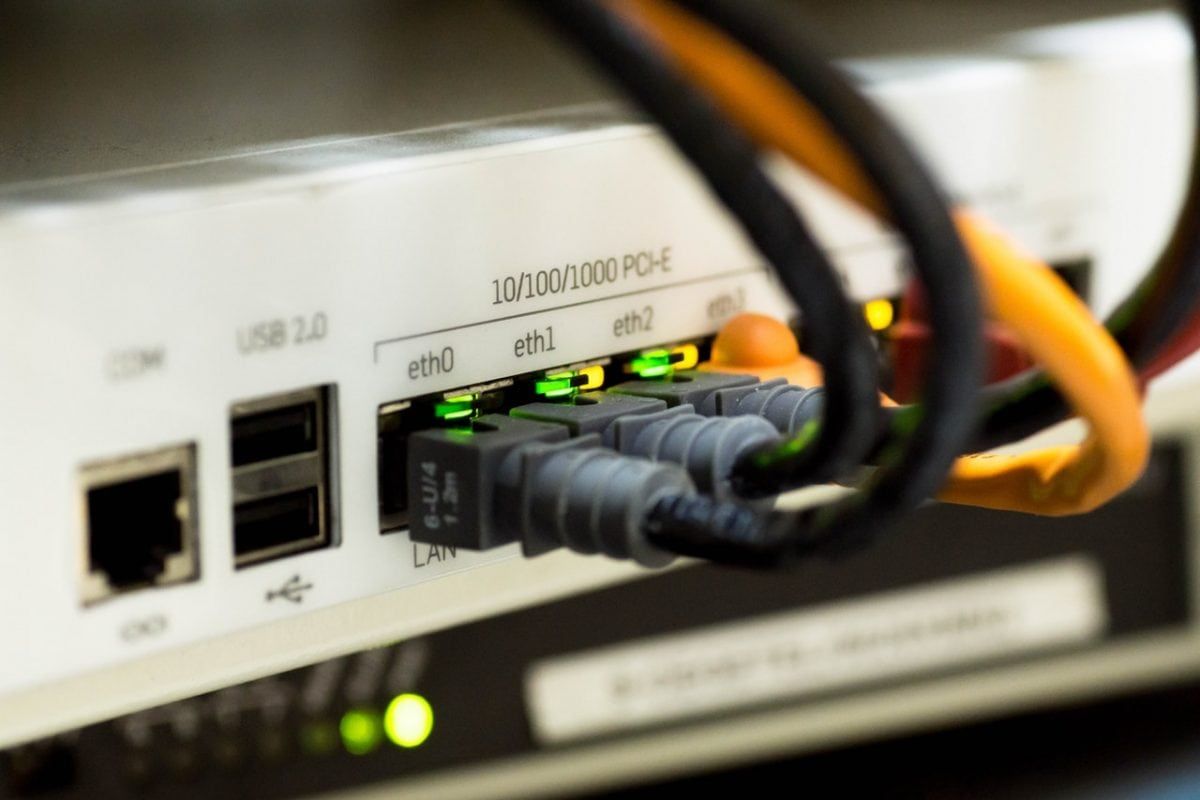
A fly on the wall in any small business today will see a whole lot of wireless devices, and very little in the way of wired hardware. We live, after all, in a largely wireless world, and the same can be said for most homes. However, although it might seem tempting, trying to deploy Wi-Fi solutions that are aimed at home users in your small business can lead to problems.
Failure to pay sufficient attention to what is, after all, business-critical technology can present a threat to your productivity, security and ultimately, your bottom line. Here are some important points to keep in mind to maintain a reliable and secure Wi-Fi business network.
What’s wrong with a simple home router?
Many small businesses question the need for business-grade network connectivity. After all, if there are only a few users, surely a home-style router is fine? There are several reasons why this is a dangerous assumption to make. For one thing, business-grade routers like the ones here provide reliable performance under heavy and sustained usage. Studies have found that even the best domestic hardware does not perform the same when placed under heavy load. Home routers are also more likely to crash and hang – an irritation in the comfort of your home, but something that can bring a business to a grinding halt.
Multiple network support
The average home router will usually support a single wireless network, where a business-centric system will often support as many as you need. This is essential, particularly in these days of GDPR if you need to assign different user types and security levels. For example, it allows you to create a guest network to provide internet access to visitors without giving them the freedom to roam your network You can also create different networks to access projectors, printers, speakers and so on.
Boosting performance
The biggest issue most users have with Wi-Fi deployment is usually wireless performance. The most recent Wi-Fi standards have significantly more bandwidth than we used to see, but there is still a limit to what can be achieved, particularly when there are large numbers of users.
The first consideration in achieving peak performance is choosing the right hardware. Look for multiple-input, multiple-output (abbreviated MIMO) – this allows the network to simultaneously transmit and receive data streams.
Unless your office is really small, you will also need to incorporate multiple access points to ensure uniform Wi-Fi coverage. Pay attention to where you position them – avoid placing them alongside walls or other obstructions
Keep it secure
As your business grows, so do your users and so do your security needs. While one static passphrase might be fine if there are only half a dozen users, you should consider creating individual user authentications as soon as your business gets any bigger. These can be synchronized and managed using an Active Directory.
Without doubt, Wi-Fi network technology will continue to evolve over the coming years. Make sure your business evolves with it to get the optimum benefits.